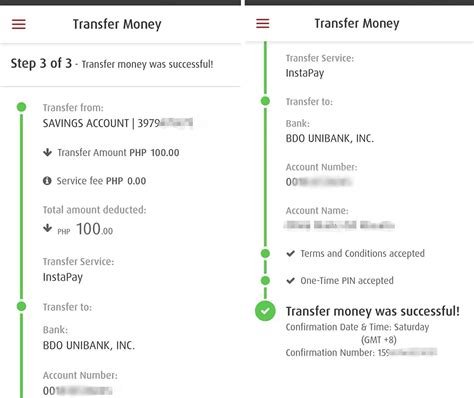Transaction Confirmation, Fee, Market Cap
Here is a comprehensive article on “Cryptocurrency Transactions and Key Metrics”:
Cryptocurrency Transactions and Key Metrics
In recent years, the cryptocurrency world has undergone significant growth and development, with many blockchain-based platforms and applications emerging that are disrupting traditional financial systems. As the market evolves, understanding key metrics such as transaction confirmation rates, fees, and market capitalization is crucial for investors, traders, and users alike.
What are transaction confirmation rates?

Transaction confirmation rates refer to the percentage of cryptocurrency transactions that have been confirmed by a third-party node or exchange on the blockchain. A higher confirmation rate means faster and more reliable transactions, reducing the risk of block rejection and increasing trust in the network. For example, some popular cryptocurrencies such as Bitcoin and Ethereum typically have a confirmation rate of around 95%, while others such as Ripple may only reach 80% due to various technical issues or high transaction volume.
How do transaction confirmation rates affect fees?
The frequency of transaction confirmations can significantly affect transaction fees, or the costs associated with processing transactions on a blockchain. Higher confirmation rates tend to increase transaction fees because nodes and exchanges have to verify more transactions before they are included in a block. Conversely, lower confirmation rates result in lower fees for users.
What is a transaction fee structure?
Transaction fee structures vary across cryptocurrencies and networks. Some common examples include:
- Block reward: Most cryptocurrencies incentivize users to secure the network by rewarding them with a set number of coins or tokens after successfully verifying a transaction (a block reward). For example, Bitcoin’s block reward is 6.25 new Bitcoins per block.
- Gas fees: Gas fees are used to cover the costs associated with executing transactions on the blockchain. They tend to increase as more users attempt to make a transaction, leading to higher fees for users who want to process larger transactions.
- Tip Fees: Some cryptocurrencies offer tip fees for users who contribute to the network by verifying or approving transactions.
What is Market Cap?
Market capitalization refers to the total value of all the outstanding coins and tokens on a given exchange. It is an indicator of market size, liquidity, and overall demand. A higher market cap indicates that more investors, traders, and users are interested in the asset, which can affect its price.
Sample Market Cap:
For comparison purposes, let’s take Bitcoin as an example. On January 1, 2023, Bitcoin’s total market capitalization was around $400 billion. In February 2023, it had grown to over $600 billion.
Conclusion
Understanding transaction confirmation rates, fees, and market capitalization is essential to navigating the complex world of cryptocurrency trading. By recognizing these key metrics, users can make informed decisions about whether to buy, sell, or hold cryptocurrencies, ensuring they are aware of the potential risks and opportunities associated with each asset.
Remember, cryptocurrency markets are inherently volatile, and prices can change quickly. Always conduct thorough research, set clear investment goals, and consider your risk tolerance before investing in the cryptocurrency world.